SEMA OEM Report: Scionara?
Kia’s booth at SEMA was quiet and empty compared to the Genesis-fest at sister firm Hyundai’s space. But fewer fans meant a chance for a closer look at several near-production concepts that point the way forward for the “other” Korean budget automaker. And though Hyundai seems to have Lexus in its crosshairs, Kia appears to be gunning directly after another Toyota’s Scion. First up, Kia’s Soul Burner concept looks like a (not quite production-ready) alternative to Scion’s xD. Strip away the flame-tread show tires, and a few other tuner-show fripperies, and it’s a practical, flexible, stylish little hatch. The styling doesn’t exactly put the “b” in subtle, but it’s a reasonable compromise between practicality and urban chic. Fit-and-finish clearly needs some work (paint bubbles on a show car?). But a cheaper, better-looking (in the eyes of this beholder) xD should have Toyota sweating more than a little. Kia’s Koup Concept has an equally laserlike-focus on stealing sales from the Scion tC. The stylishly unisex Koup sports clean lines, sharp-looking head- and tail lights, and a surprising impression of quality compared to the Soul Burner. Slap a Honda badge on the Koup and you might think it was the next Civic Si. Put it next to a tC with no badges at all, and you might have a hard time guessing which came from the world’s most successful automaker.
More by Edward Niedermeyer
Latest Car Reviews
Read moreLatest Product Reviews
Read moreRecent Comments
- SCE to AUX I see a new Murano to replace the low-volume Murano, and a new trim level for the Rogue. Yawn.
- BlackEldo Why even offer a Murano? They have the Rogue and the Pathfinder. What differentiates the Murano? Fleet sales?
- Jalop1991 Nissan is Readying a Slew of New Products to Boost Sales and ProfitabilitySo they're moving to lawn and garden equipment?
- Yuda I'd love to see what Hennessy does with this one GAWD
- Lorenzo I just noticed the 1954 Ford Customline V8 has the same exterior dimensions, but better legroom, shoulder room, hip room, a V8 engine, and a trunk lid. It sold, with Fordomatic, for $21,500, inflation adjusted.
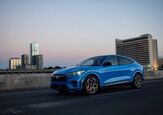
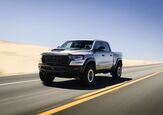
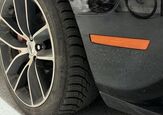


















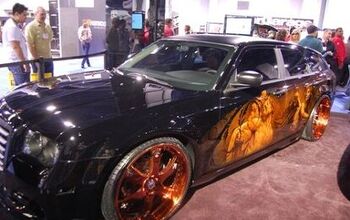
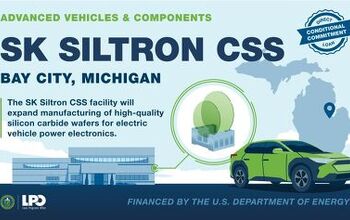


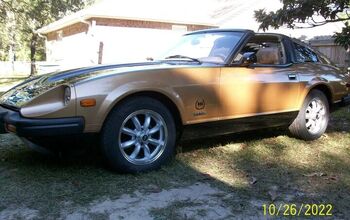


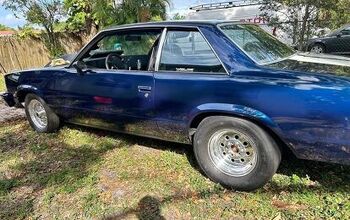
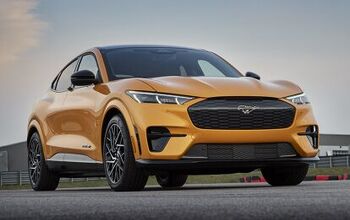
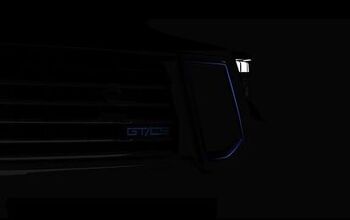
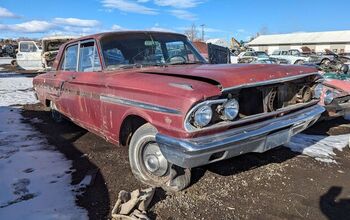

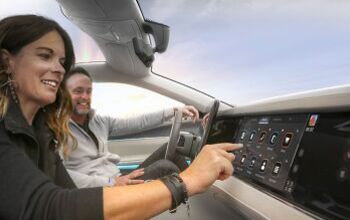


Comments
Join the conversation
Kia would benefit from bringing over the Ceed/Proceed sooner rather than later. Doing something to push the Rondo might not be a bad idea, either. Hyundai doesn't seem to understand that it needs to keep Kia and itself separate, which leads to: However, I think the Genesis Coupe should have been a Kia as well… I'd be ok with the Genesis as a Hyundai, but Hyundai needs to forget the Tiburon and allow Kia and the Koup to stand alone. The Borrego was a stupid choice as a Kia, but would have made sense as a Hyundai; vice-versa the Elantra wagon/i30: it's a better Kia than a Hyundai. And there's others: Better Hyundais: Amanti, Magentis/Optima, Sedona Better Kias: Tiburon, Santa Fe, Accent, Getz
I must agree with MrDot and BlueBrat, the Koup looks particularly nice. Too bad we don't have any shots of the headlights. If it makes it to the US, I'd look at it. The Soul Burner, not so much. Just doesn't do it for me.